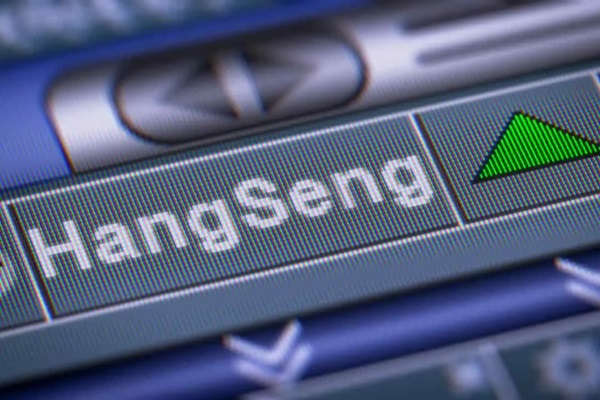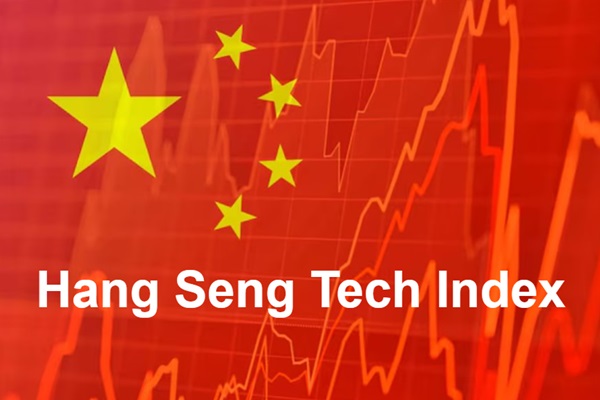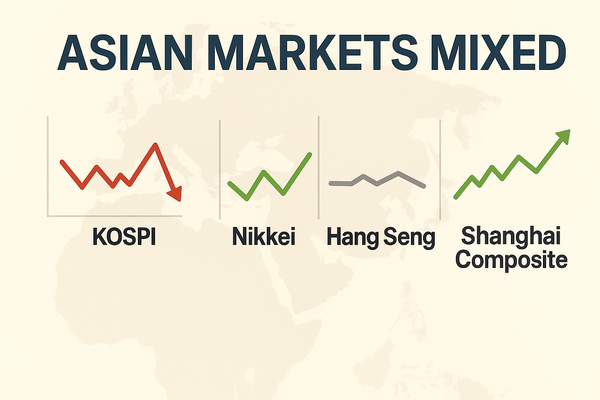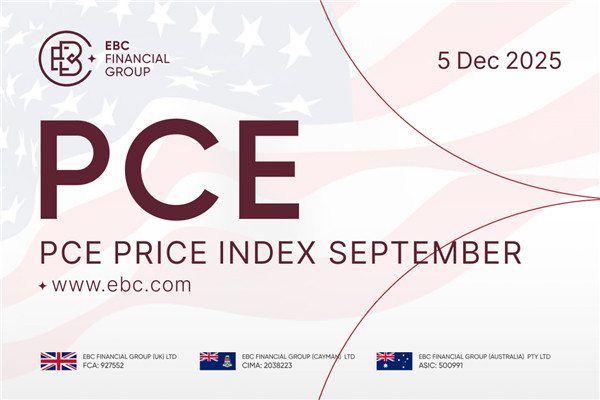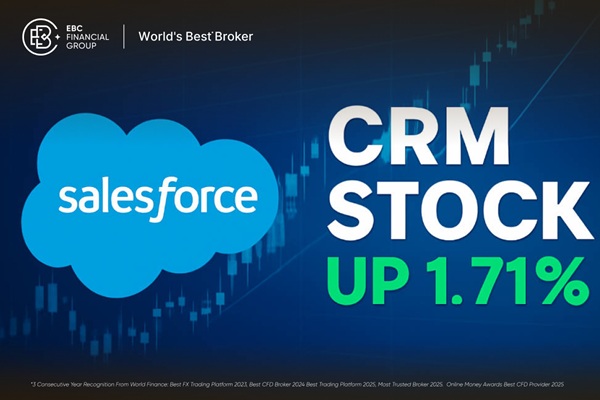The Hang Seng Index (HSI) is a Hong Kong stock market index weighted by the market value adjusted by free circulation, which is the main indicator to measure the overall performance of the Hong Kong stock market. These 50 constituent companies account for approximately 58% of the total market value of the Hong Kong Stock Exchange.
The Hang Seng Index was established on November 24, 1969 and is currently compiled and maintained by Hang Seng Index Limited. Hang Seng Index Co., Ltd. is a wholly-owned subsidiary of Hang Seng Bank, which is one of the largest registered and listed banks in Hong Kong. Responsible for compiling, publishing and managing Hang Seng Index and other stock indexes, such as Hang Seng China Enterprise Index, Hang Seng China AH Index series, etc. Hang Seng Bank, although a listed company, is controlled by another listed international financial institution, HSBCHoldings PLC). HSBC Holdings and Hang Seng Index are both constituent stocks of the index.

Historical trends
Key points
The Hang Seng Index (HSI) is the benchmark for blue chips on the Hong Kong Stock Exchange.
This index consists of four sub indices: industrial, financial, public utilities, and real estate investment trusts.
The index adopts a free circulation stock market value weighting scheme, setting a 10% upper limit on the index weight of any constituent stock.
The representativeness of Hang Seng Index can be studied through the trading volume and market value of the whole stock market. The total market value of the constituent stocks of the Hang Seng Index is maintained at about 60% of the total market value. Compared with major overseas stock indices, this ratio is more favorable.
Top 10 constituent stocks
| Code |
Company Name |
Weight (%) |
| 1299 |
AIA Insurance |
8 |
| 700 |
Tencent Holdings |
8 |
| 5 |
HSBC Holdings |
7.89 |
| 3690 |
Meituan |
7.71 |
| 9988 |
Alibaba |
7.33 |
| 939 |
China Construction Bank |
5.28 |
| 388 |
HKEx |
4.24 |
| 2318 |
Ping An in China |
4.01 |
| 1810 |
Xiaomi Group |
3.38 |
| 1398 |
Industrial and Commercial Bank of China |
2.86 |
Disclaimer: This material is for general information purposes only and is not intended as (and should not be considered to be) financial, investment or other advice on which reliance should be placed. No opinion given in the material constitutes a recommendation by EBC or the author that any particular investment, security, transaction or investment strategy is suitable for any specific person.












